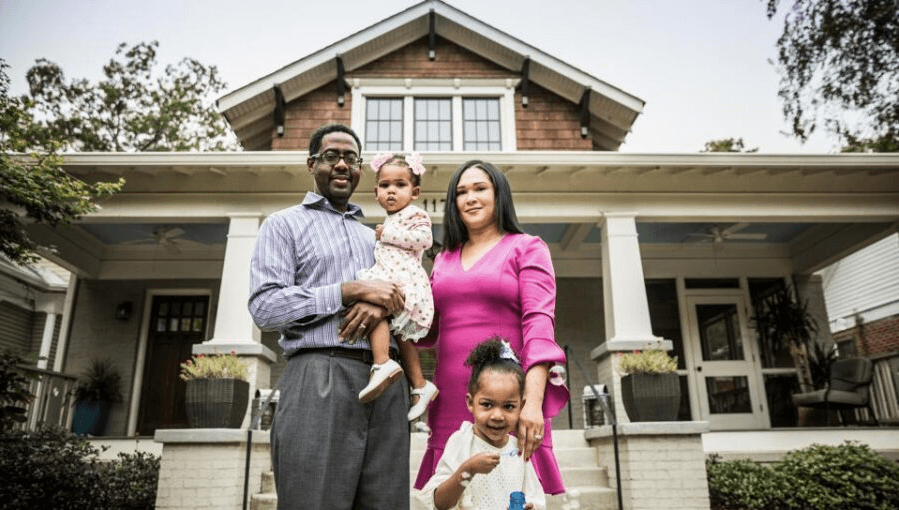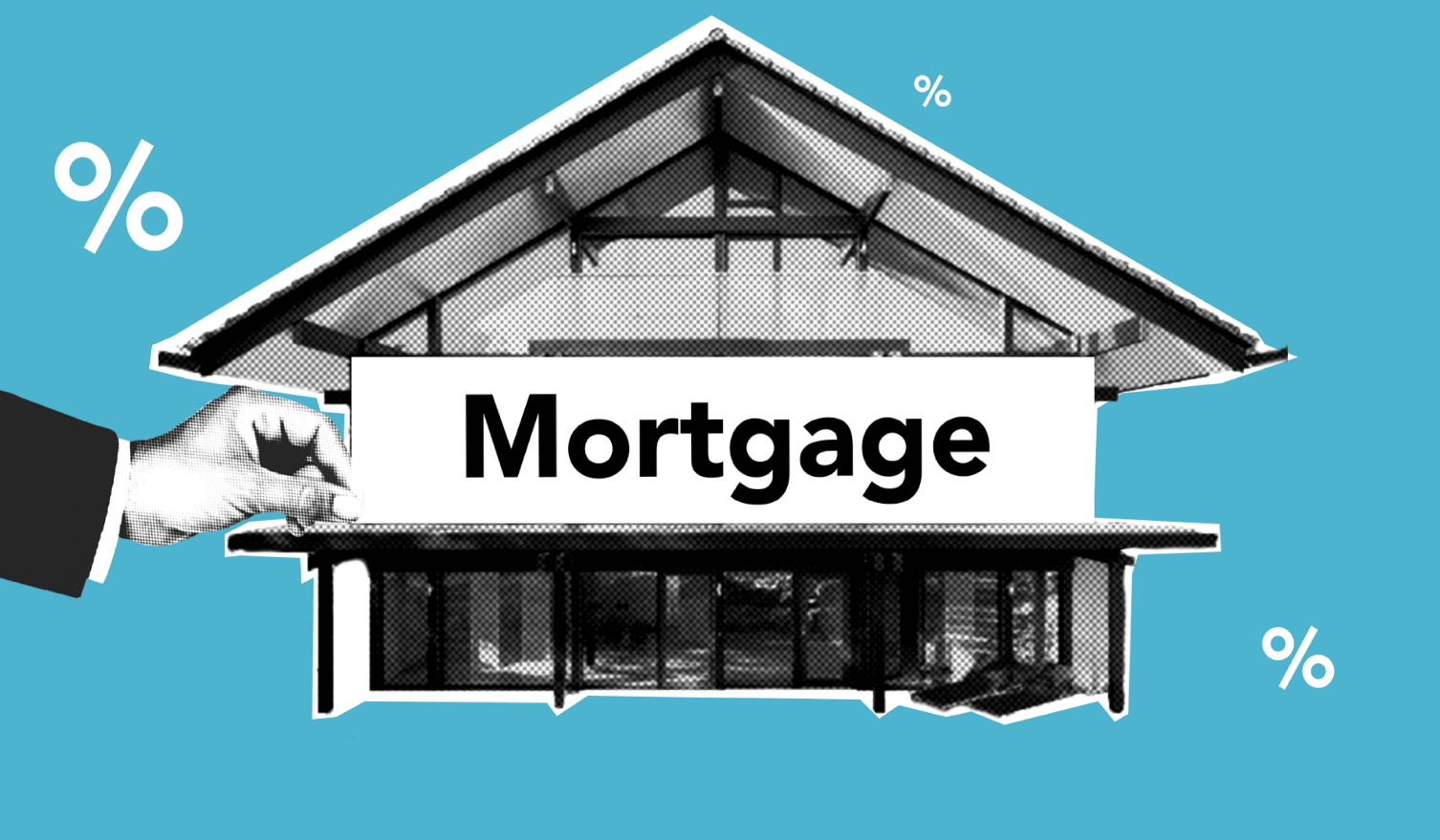In the real estate and home financing world, Fannie Mae loan is a name that frequently comes up. But what exactly is a Fannie Mae loan, and how does it impact the home buying process? In this article, we will delve into the intricacies of what is a Fannie Mae loan, their significance in the housing market, and how they benefit both lenders and borrowers.
Understanding what is a fannie mae loan
What is a fannie mae loan, short for the Federal National Mortgage Association, is a government-sponsored enterprise (GSE) established in 1938. It plays a pivotal role in the U.S. housing market by providing liquidity and stability to the mortgage industry. Primary function is to buy mortgages from lenders, thereby freeing up funds that lenders can use to originate new loans.
How Fannie Mae Works
To better grasp the concept of a loan, it’s essential to understand its mechanics. Here’s a step-by-step breakdown:
1. Lender Originates a Mortgage
The process begins when a lender, such as a bank or a mortgage company, originates a home loan for a borrower. This involves assessing the borrower’s creditworthiness, income, and other financial factors.
2. Lender Sells the Mortgage
Once the lender has issued the mortgage, they can sell it to Fannie Mae. This transaction allows the lender to recoup the funds lent to the borrower, enabling them to provide more loans to other homebuyers.
3. Fannie Mae Bundles Mortgages
Fannie Mae, in turn, packages multiple mortgages into mortgage-backed securities (MBS). These securities are sold to investors in the secondary mortgage market.
4. Investors Receive Returns
Investors who purchase MBS from Fannie Mae receive returns in the form of interest and principal payments the borrowers make. This investment mechanism keeps the mortgage market liquid and functioning.
Benefits of Fannie Mae Loans
Now that we’ve covered the basics, let’s explore the advantages of Fannie Mae loans:
1. Lower Interest Rates
Fannie Mae’s involvement in the mortgage market often leads to lower interest rates for borrowers. This affordability makes homeownership more accessible to a broader range of people.
2. Wider Accessibility
Fannie Mae promotes homeownership by encouraging lenders to extend credit to a more diverse range of borrowers, including those with moderate incomes and non-traditional credit histories.
3. Liquidity for Lenders
Lenders benefit from Fannie Mae’s willingness to purchase mortgages. This provides them with a consistent source of funds, allowing them to offer more mortgages to homebuyers.
4. Standardization
Fannie Mae sets certain underwriting standards and guidelines, which helps maintain consistency and transparency in the mortgage lending process.
The Role of Fannie Mae in Housing Stability
Fannie Mae’s mission extends beyond facilitating homeownership. housing market during economic downturns.
1. Countercyclical Measures
During economic crises, Fannie Mae can increase its mortgage purchases to inject liquidity into the market, thereby mitigating the impact of a housing downturn.
2. Housing Initiatives
Fannie Mae often supports housing initiatives aimed at affordable housing development and neighborhood revitalization. Read more…
Conclusion
In conclusion, what is a Fannie Mae loan is a financial instrument that underpins the American dream of homeownership. It provides borrowers with accessible financing options, while also offering lenders a way to manage their funds more efficiently. Moreover, Fannie Mae’s role as a stabilizing force in the housing market cannot be understated.
For those considering a home purchase or looking to understand the intricacies of mortgage financing, Loans are a topic of significance. Their impact on the housing market reverberates through the lives of countless individuals and families, making homeownership a reality for many.
Frequently Asked Questions (FAQs)
1. Are loans only for first-time homebuyers?
No, loans are available to a wide range of borrowers, not just first-time homebuyers. They aim to make homeownership accessible to as many people as possible.
2. What is the difference between Fannie Mae and Freddie Mac?
Fannie Mae and Freddie Mac are government-sponsored enterprises operating in the secondary mortgage market. While they have similar functions, they are separate entities with distinct roles.
3. How can I apply for a loan?
You should contact a qualified lender to apply for a Fannie Mae loan. They will guide you through the application process and determine your eligibility.
4. What types of properties can be financed with Fannie Mae loans?
Fannie Mae loans can be used to finance various types of residential properties, including single-family homes, condominiums, and multi-unit properties (up to four units).
5. Are Fannie Mae loans available for refinancing?
Yes, Fannie Mae offers refinancing options, allowing homeowners to refinance their existing mortgages to secure lower interest rates or access equity in their homes.










